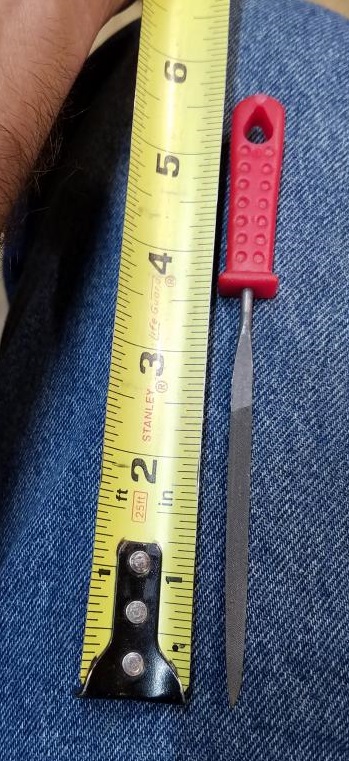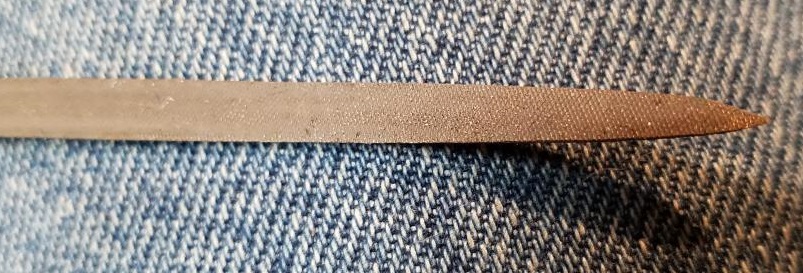fiver
Well-Known Member
yep and you can tell if you got it too tight or too loose because the plate will tilt towards the bolt or away from it.
high cuts or fins close to the bolt too loose, away from it too tight.
another way to tell if you need more venting is to fill the mold real slow letting the air escape from the fill hole if it suddenly starts giving good bases you need to work the venting over.
I actually use a whet stone at a 45 to the square face and go all the way down the mold across the cavity's.
anyway I have had some slightly bent sprue plates, and a couple of concave ones that absolutely gave me fit's until I seen the problem and got after repairing it. [or replacing it]
one time I beat the living piss out of the plate with a 6 lb hammer until it was flat then I beveled the edges on the grinder.
not a recommended procedure, but I have fixed more than one mold with a hammer, they was headed to the trash anyway so that was the last stop.
high cuts or fins close to the bolt too loose, away from it too tight.
another way to tell if you need more venting is to fill the mold real slow letting the air escape from the fill hole if it suddenly starts giving good bases you need to work the venting over.
I actually use a whet stone at a 45 to the square face and go all the way down the mold across the cavity's.
anyway I have had some slightly bent sprue plates, and a couple of concave ones that absolutely gave me fit's until I seen the problem and got after repairing it. [or replacing it]
one time I beat the living piss out of the plate with a 6 lb hammer until it was flat then I beveled the edges on the grinder.
not a recommended procedure, but I have fixed more than one mold with a hammer, they was headed to the trash anyway so that was the last stop.


